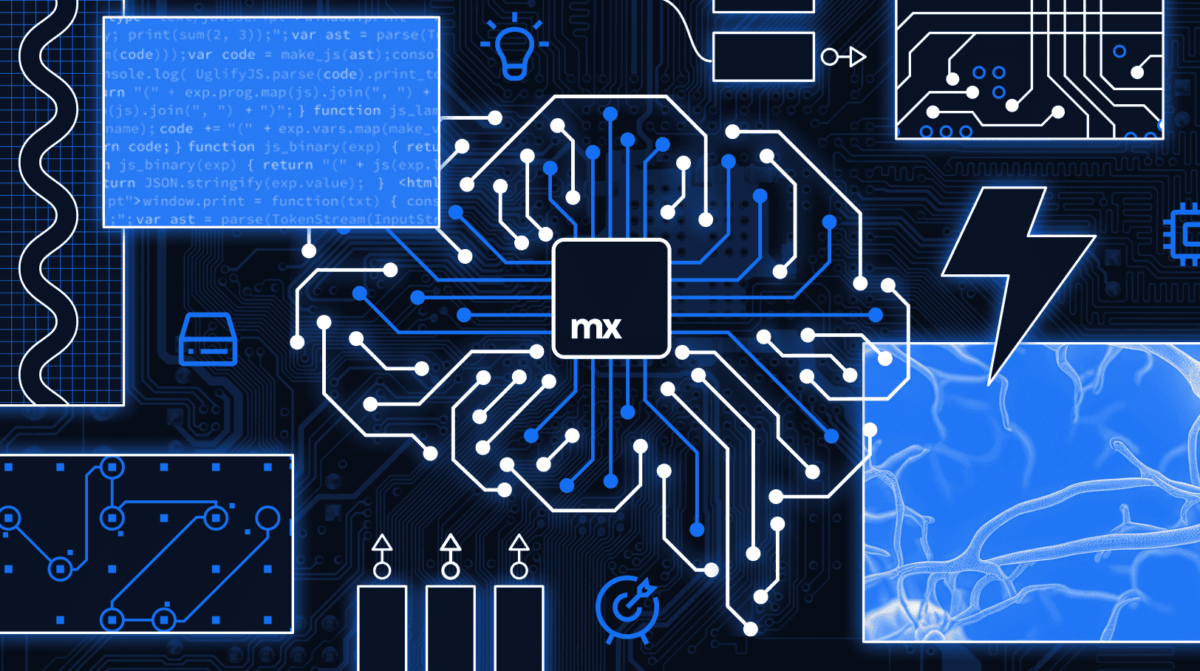What Are the Different Types of AI Models?
Key takeaways
- AI models act as the virtual brains of artificial intelligence, created by training algorithms with data to learn and perform specific tasks.
- Machine Learning (ML) is a core subset of AI that enables models to improve over time through exposure to data, including supervised learning (using labeled data) and unsupervised learning (discovering patterns without labeled data).
- Deep Learning is an advanced form of ML using neural networks with multiple layers to process complex data like images, text, and sound.
- Common AI model types include linear regression, decision trees, convolutional neural networks (CNNs), and recurrent neural networks (RNNs), each tailored for particular tasks.
- Generative AI models, like ChatGPT, create new and meaningful content by leveraging extensive training data and predictive techniques.
- Knowing the distinctions between AI, machine learning, and deep learning can help you choose the right technology for your application.
What is an AI model?
Models are the virtual brains of artificial intelligence. Created using algorithms and data, an AI model learns from experiences and draws conclusions.
AI models need human assistance to understand data and perform tasks beyond their training. You can train an AI model to do almost anything, from simple automated responses to complex problem-solving.
AI models are best at:
- Analyzing datasets
- Finding patterns
- Making predictions
- Generating content
The more data an AI model has, the more accurate it can be when making predictions and decisions.
How do you create an AI model?
Data scientists develop algorithms to build AI models. An algorithm is a set of step-by-step rules and processes that solve a specific problem or complete a task. Once an algorithm is trained with data, it becomes an AI model.
Data scientists also use artificial neural networks (ANNs) to teach computers to process data in a way that mimics how the human brain sends signals and receives information. Just like our brain’s interconnected network of neurons, ANNs are artificial neurons (nodes) that work to solve a problem.
Artificial neural networks are used for tasks that require pattern recognition, like:
- Image and speech recognition
- Summarizing documents
- Natural language processing (NLP)
- Complex decision-making
The different types of AI models
Here, we’ll focus on the following types of AI models:
- Machine learning
- Supervised learning
- Unsupervised learning
- Deep learning
Machine learning models
Machine learning is a subset of AI. While all machine learning is AI, not all AI is machine learning.
To create a machine learning model, data scientists train algorithms with labeled, unlabeled, or mixed data. There are different types of machine learning algorithms for different goals:
- Classification recognizes certain entities in the dataset to draw conclusions on how they should be labeled or defined.
- Regression helps make predictions. It understands the relationship between independent and dependent variables.
Data is modified to best execute a specific task, and then it becomes a machine learning model. ML models examine certain variables within the data and find patterns that help make predictions.
Machine learning models will improve over time as they are trained and exposed to more data.
Supervised learning models
Supervised learning is the most common type of machine learning and the simplest way that AI models learn.
It’s called “supervised” learning because the algorithm is trained with human-created, labeled datasets. The labels assist the algorithm and help the ML model understand exactly how to classify data in a way the data scientist wants.
Using labeled datasets with examples of inputs (features) and outputs (labels), supervised learning algorithms are trained to predict outcomes and identify patterns. Once the model is trained and tested, it can make predictions with unknown data based on the previous knowledge it has learned.
Unsupervised learning models
Unsupervised learning is another type of machine learning, but it’s not as popular as supervised learning.
While supervised learning requires labeled data, unsupervised learning finds patterns without human instruction. Models follow self-learning algorithms that enable them to receive raw data and create their own rules.
The unsupervised learning model structures data based on similarities, differences, and patterns. No data scientist is required with unsupervised learning because the model is designed to work without instructions on how to handle each piece of data.
Deep learning models
Deep learning is an advanced type of ML that learns to identify complex patterns in text, images, and sounds.
With deep learning, data is processed and classified through layers, and each layer has a role in processing input data.
Here’s a quick look at the different types of layers in a deep learning neural network:
- The input layer receives raw data and passes it through the network.
- Hidden layers assess and process the input data and transform it into an output.
- The output layer uses the processed data to deliver a result.
A basic neural network typically has one or two hidden layers. But a deep learning neural network can have hundreds. All the layers analyze data differently and can identify patterns that aren’t possible with basic machine learning methods.

